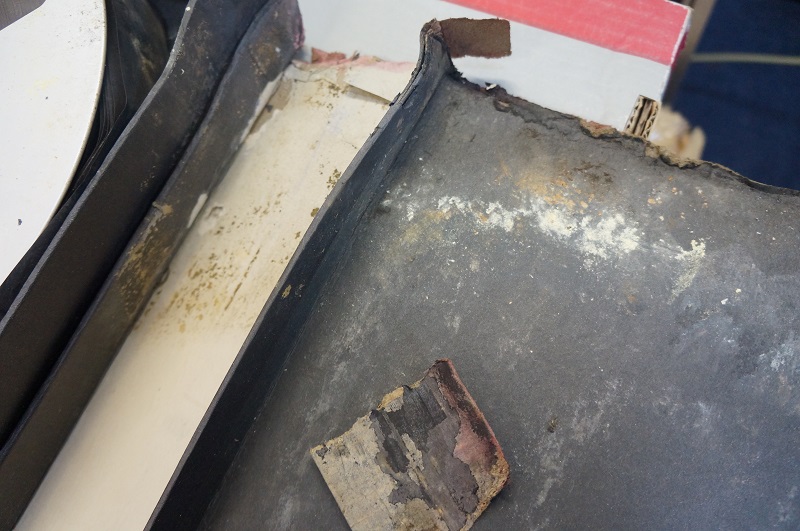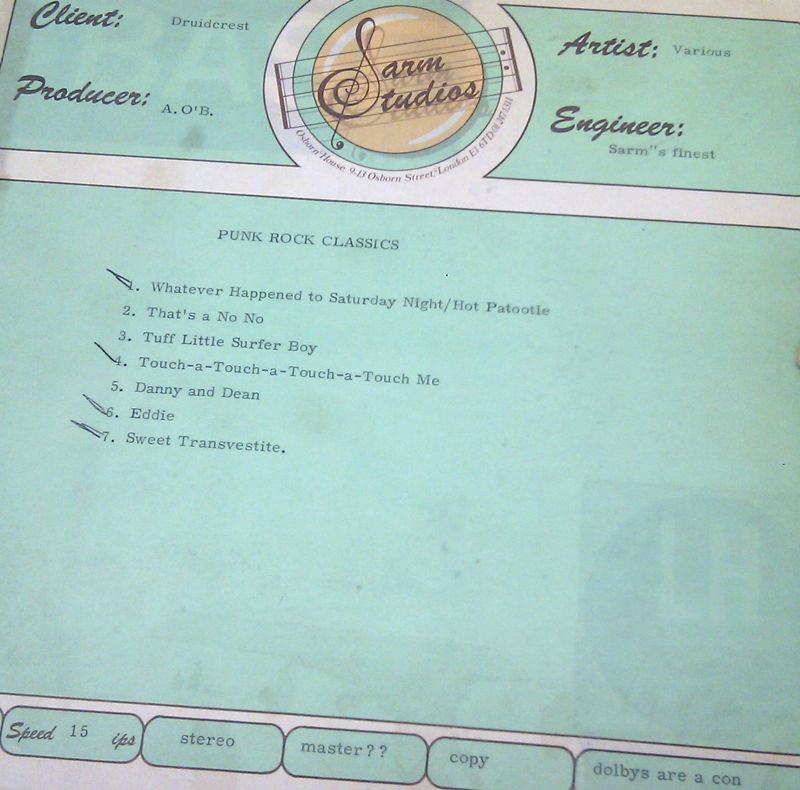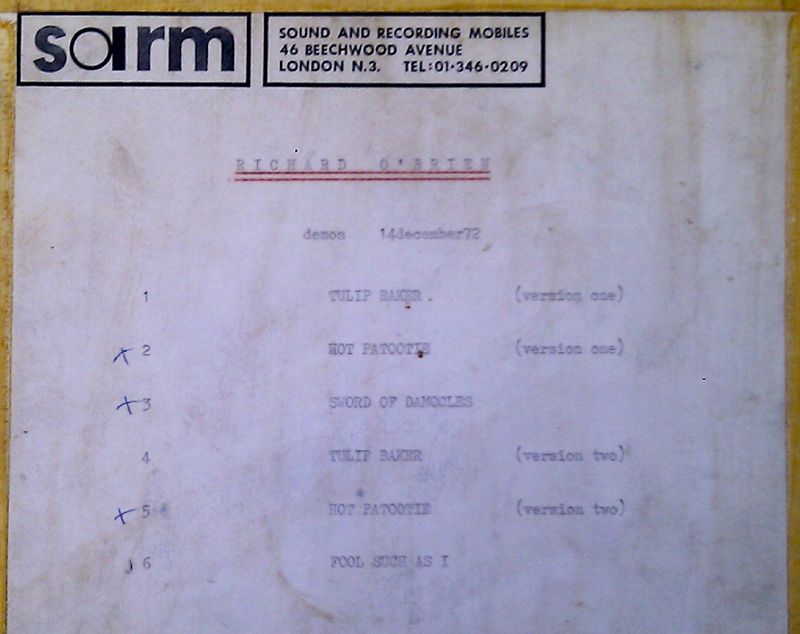The summer of 2008 saw a spate of articles in the media focusing on a new threat to magnetic tapes.
The reason: the warm, wet weather was reported as a watershed moment in magnetic tape degradation, with climate change responsible for the march of mould consuming archival memories, from personal to institutional collections.
The connection between climate change and tape mould is not one made frequently by commentators, even in the digital preservation world, so what are the links? It is certainly true that increased heat and moisture are prime conditions for the germination of the mould spores that populate the air we breathe. These spores, the British Library tell us
‘can stay dormant for long periods of time, but when the conditions are right they will germinate. The necessary conditions for germination are generally:
• temperatures of 10-35ºC with optima of 20ºC and above
• relative humidities greater than 70%’
The biggest threat to the integrity of magnetic tape is fluctuations in environmental temperatures. This means that tape collections that are not stored in controlled settings, such as a loft, cupboard, shed or basement, are probably most at risk.
While climate change has not always been taking as seriously as it should be by governments and media commentators, the release today of the UN’s report, which stated in no uncertain terms that climate change is ‘severe, pervasive and irreversible’, should be a wake up call to all the disbelievers.

To explore the links between climate change and tape degradation further we asked Peter Specs from US-based disaster recovery specialists the Specs Brothers if he had noticed any increase in the number of mouldy tapes they had received for restoration. In his very generous reply he told us:
‘The volume of mouldy tapes treated seems about the same as before from areas that have not experienced disasters but has significantly increased from disaster areas. The reason for the increase in mould infected tapes from disaster areas seems to be three-fold. First, many areas have recently been experiencing severe weather that is not usual for the area and are not prepared to deal with the consequences. Second, a number of recent disasters have affected large areas and this delays remedial action. Third, after a number of disasters, monies for recovery seem to have been significantly delayed. We do a large amount of disaster recovery work and, when we get the tapes in for processing fairly quickly, are generally able to restore tapes from floods before mould can develop. In recent times, however, we are getting more and more mouldy tapes in because individuals delayed having them treated before mould could develop. Some were unaware that lower levels of their buildings had suffered water damage. In other areas the damage was so severe that the necessities of life totally eclipsed any consideration of trying to recover “non-essential” items such as tape recordings. Finally, in many instances, money for recovery was unavailable and individuals/companies were unwilling to commit to recovery costs without knowing if or when the government or insurance money would arrive.’
Nigel Bewley, soon to be retired senior sound engineer at the British Library, also told us there had been no significant increase in the number of mouldy tapes they had received for treatment. Yet reading between the lines here, and thinking about what Pete Specs told us, in an age of austerity and increased natural disasters, restoring tape collections may slip down the priority list of what needs to be saved for many people and institutions.
Mould: Prevention Trumps the Cure
Climate change aside, what can be done to prevent your tape collections from becoming mouldy? Keeping the tapes stored in a temperature controlled environment is very important – ’15 + 3° C and 40% maximum relative humidity (RH) are safe practical storage conditions,’ recommend the National Technology Alliance. It is also crucial that storage environments retain a stable temperature, because significant changes in the storage climate risk heating or cooling the tape pack, making the tension in the tape pack increase or decrease which is not good for the tape.
Because mould spores settle in very still air, it is vital to ensure a constant flow of air and prevent moist conditions. If all this is too late and your tape collections are already mouldy, all is not lost – even the most infected tape can be treated carefully and salvaged and we can help you do this.
If you are wondering how mould attacks magnetic tape, it is attracted to the binder or adhesive that attaches the layers of the tape together. If you can see the mould on the tape edges it usually means the mould has infected the whole tape.
Optical media can also be affected by mould. Miriam B. Kahn writes in Disaster Response and Planning for Libraries
‘Optical discs are susceptible to water, mould and mildew. If the polycarbonate surface is damaged or not sealed appropriately, moisture can become trapped and begin to corrode the metal encoding surface. If moisture or mould is invasive enough, it will make the disc unreadable’ (85).
Prevention, it seems, is better than having to find the cure. So turn on the lights, keep the air flowing and make the RH level stable.



